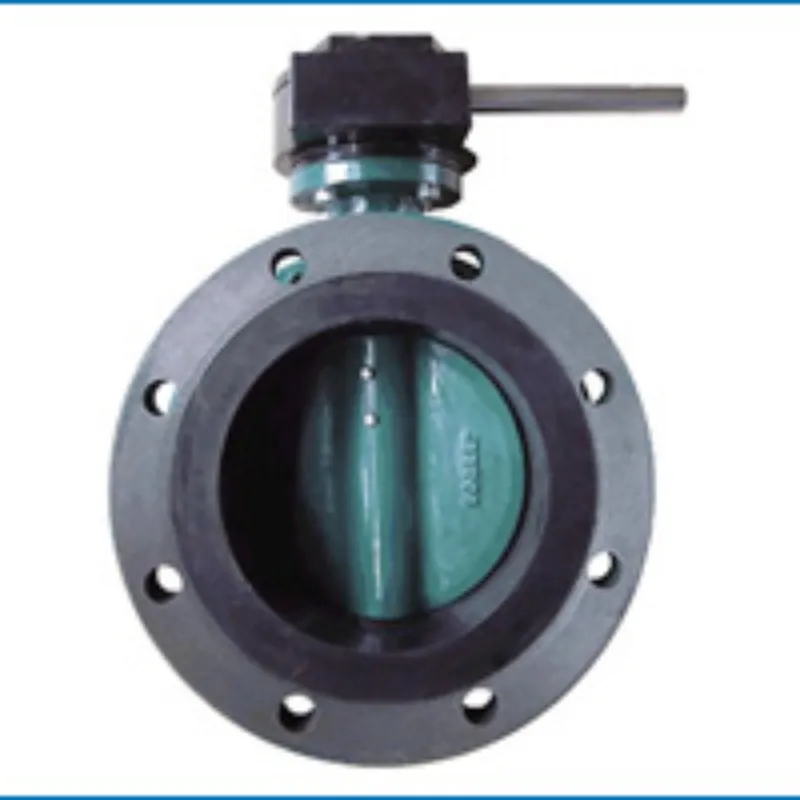nóv . 05, 2024 16:00 Back to list
pneumatic butterfly valve
Pneumatic Butterfly Valve An Overview
Pneumatic butterfly valves are essential components in various industrial applications, providing efficient flow control in piping systems. By utilizing a disc mechanism, these valves are capable of regulating the flow of fluid, offering advantages such as minimal pressure drop and quick operation. In this article, we will explore the structure, working principle, applications, and advantages of pneumatic butterfly valves.
Structure of Pneumatic Butterfly Valves
A typical pneumatic butterfly valve consists of a circular disc, a shaft, and a housing. The disc is mounted on the shaft, which is centrally located within the valve body. When the valve is in operation, the rotation of the disc—driven by a pneumatic actuator—determines the flow rate of the fluid passing through the valve. The housing is usually made from robust materials, such as stainless steel or ductile iron, ensuring the valve can withstand varying pressures and environmental conditions.
The valve body can also come in different designs, including wafer, lug, or flanged types, accommodating various piping configurations. Pneumatic actuators used in these valves are often double-acting or spring-return type, allowing for precise control and quick response times.
Working Principle
The operation of a pneumatic butterfly valve is relatively straightforward. The pneumatic actuator receives a signal, usually from a control system, which dictates how much the valve should open or close. When the actuator is activated, it generates pneumatic pressure that rotates the shaft, causing the disc to pivot.
- Open Position When the disc is parallel to the flow direction, the valve is in the fully open position, allowing maximum fluid flow. - Closed Position Conversely, when the disc is perpendicular to the flow, the valve is fully closed, blocking the fluid from passing through.
Partial opening of the valve allows for precise control of the flow rate, making pneumatic butterfly valves highly effective for throttling applications.
pneumatic butterfly valve

Applications
Pneumatic butterfly valves are widely used across various industries, including
- Water and Wastewater Treatment In treatment plants, these valves help control the flow of water and ensure efficient processing. - Chemical Processing The ability to handle corrosive materials makes them ideal for chemical transfer and mixing processes. - HVAC Systems In heating, ventilation, and air conditioning systems, these valves regulate air flow and manage temperature control. - Food and Beverage Industry Their easy cleaning capabilities and compliance with safety standards make pneumatic butterfly valves suitable for food processing applications.
Advantages
Pneumatic butterfly valves offer several benefits, contributing to their popularity in industrial applications
1. Quick Operation The design allows for rapid opening and closing, ensuring efficient system response and reduced downtime. 2. Minimal Pressure Drop Due to their streamlined design, these valves create less turbulence in fluid flow, resulting in lower pressure losses compared to other valve types. 3. Compact Design Their space-saving design is advantageous in environments where installation space is limited. 4. Versatile Sizes and Materials Available in various sizes and materials, pneumatic butterfly valves can be tailored to meet specific application requirements.
5. Low Maintenance Requirements With fewer moving parts compared to other valve types, they require less maintenance, contributing to long-term operational cost savings.
Conclusion
Pneumatic butterfly valves play a crucial role in modern industrial applications, offering efficient and reliable flow control. Their versatile design, quick operation, and minimal pressure drop make them suitable for a wide array of industries, from wastewater treatment to food processing. As industries strive for greater efficiency and sustainability, the importance of pneumatic butterfly valves in managing fluid systems will continue to grow, highlighting their integral role in today's engineering solutions. Embracing the capabilities of these valves can lead to enhanced operational efficiency and ultimately, improved performance in demanding applications.
Share